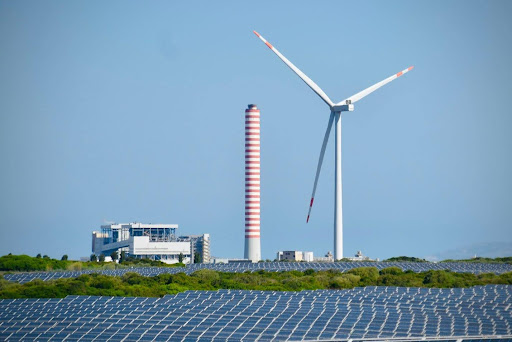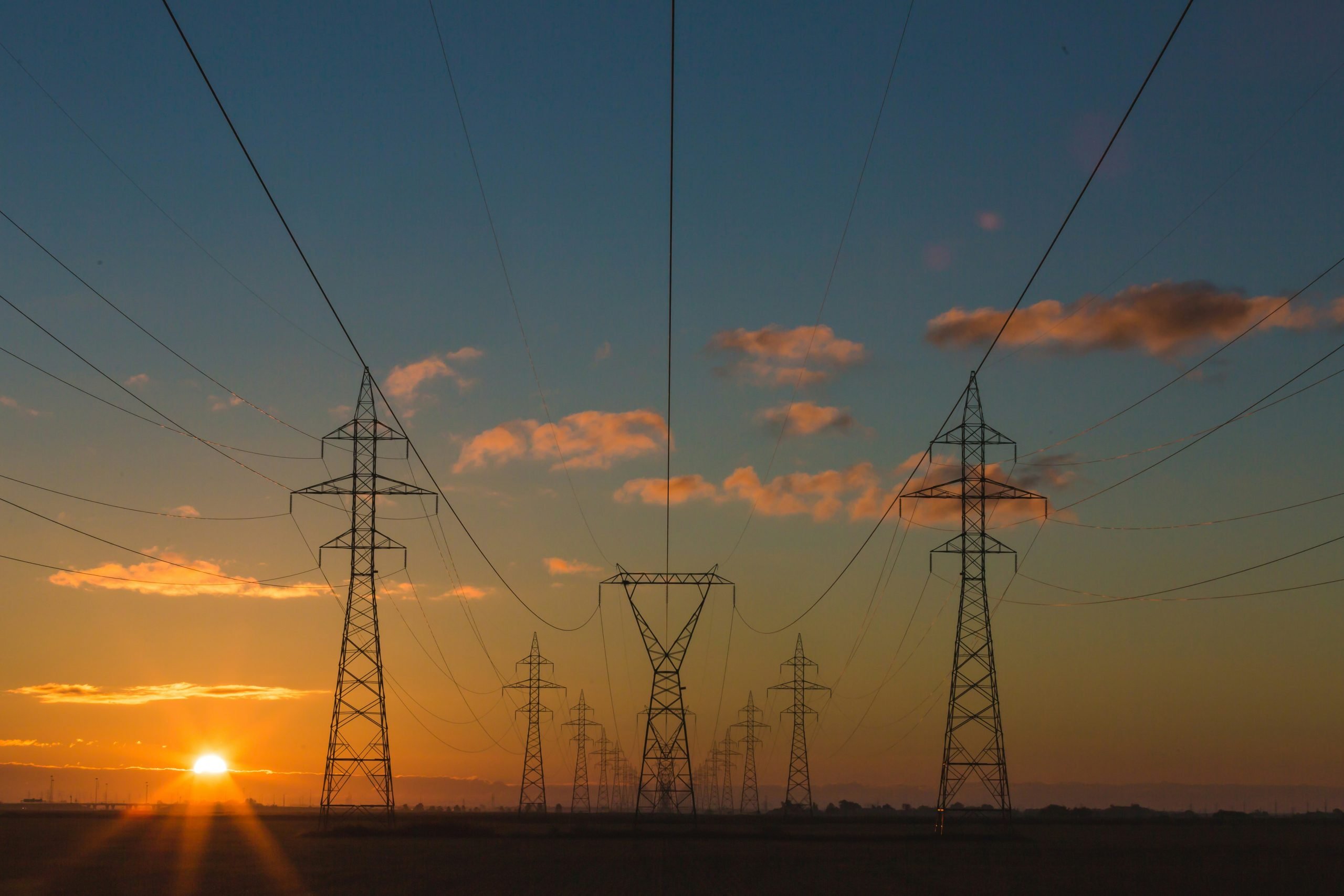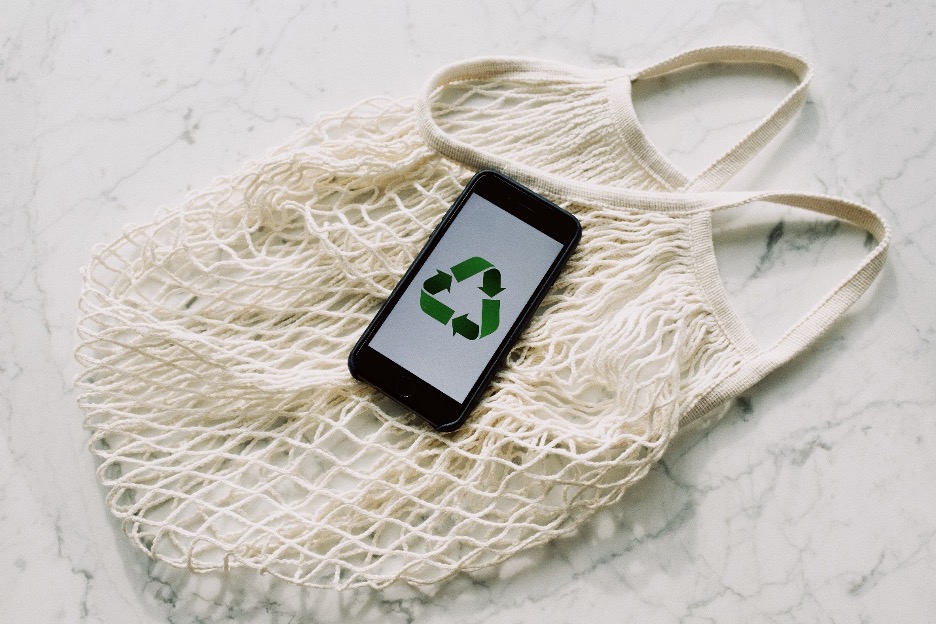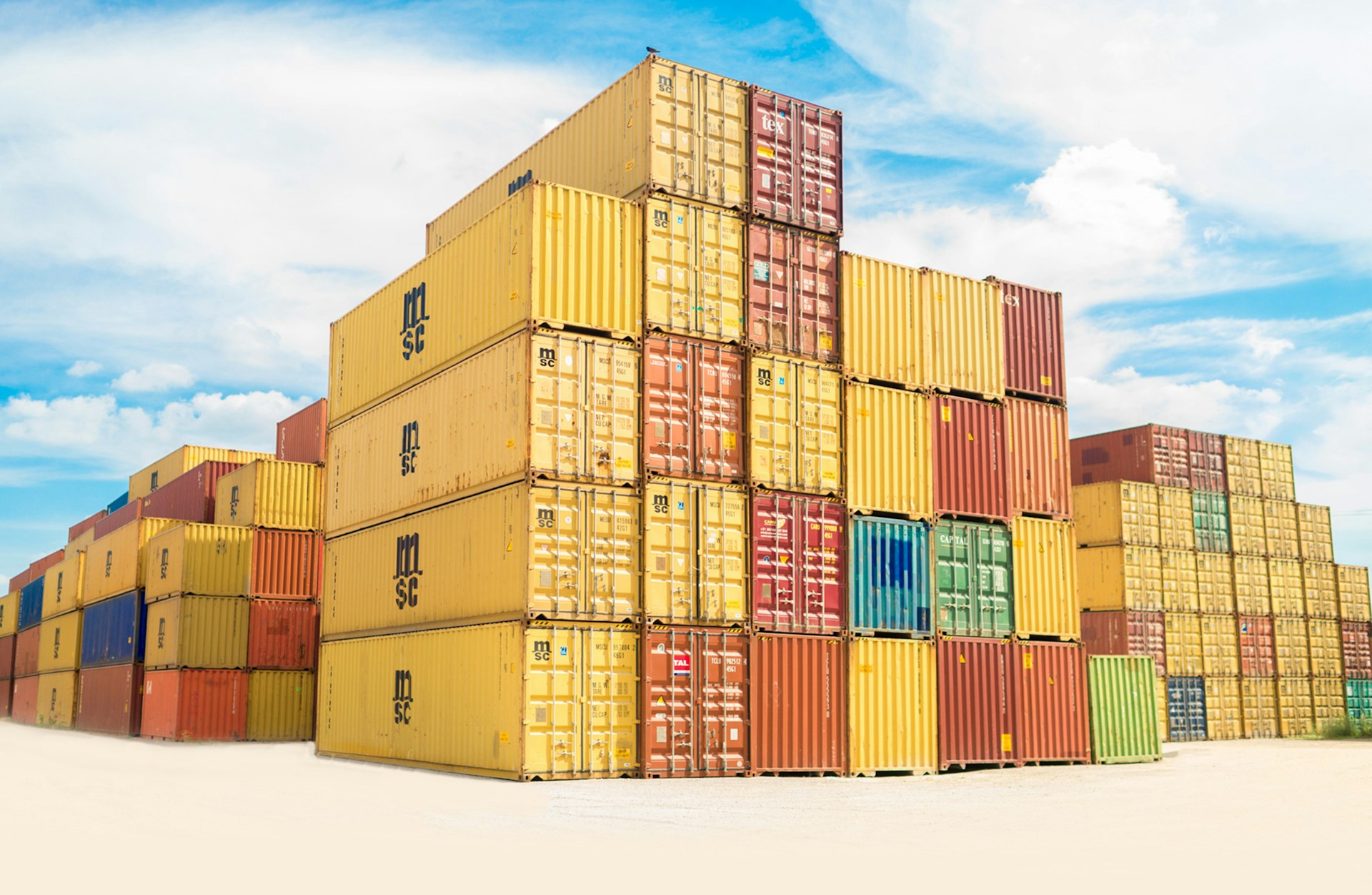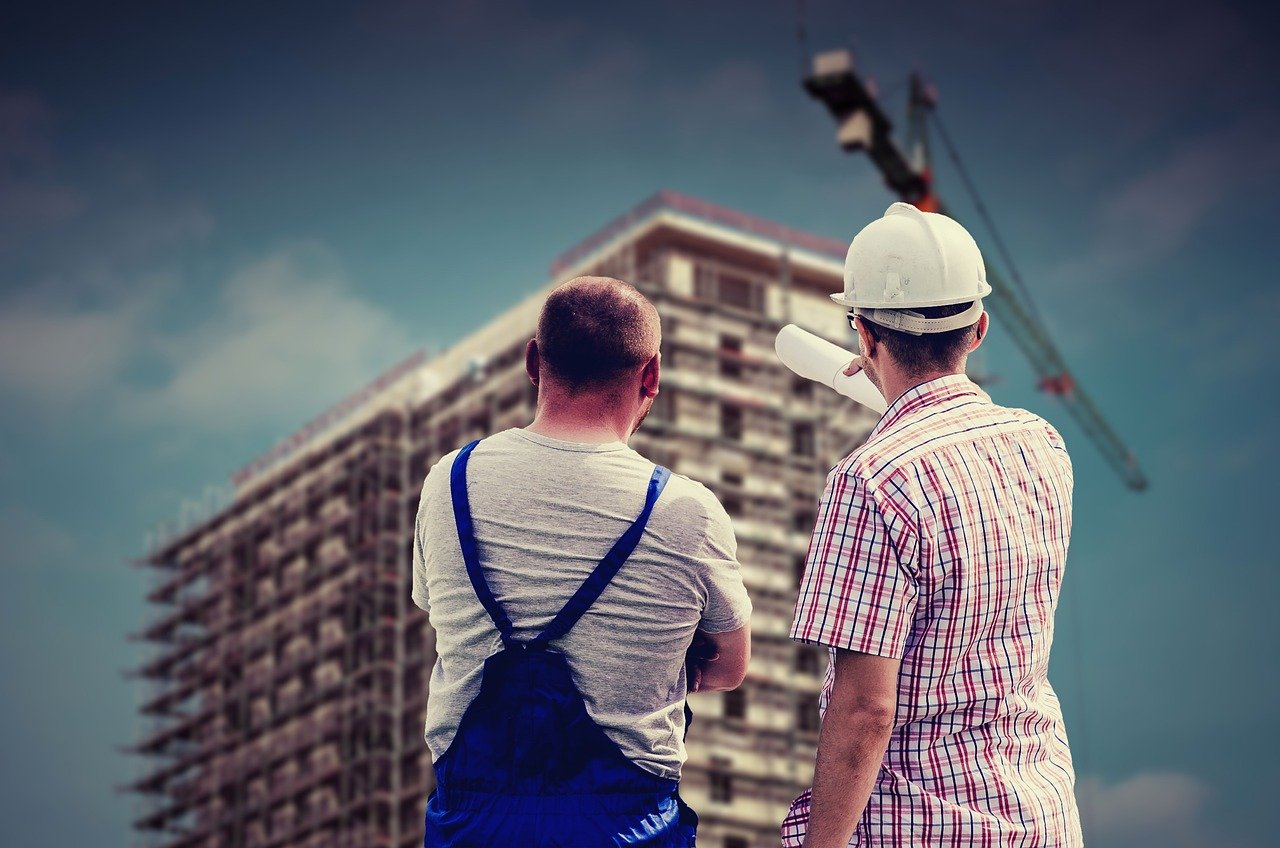
We all know how vital clean soil is for our environment, yet it can be challenging as industrial and manufacturing practices continue to grow. Contaminants like heavy metals, petroleum products, and other substances can enter the soil through runoff from agriculture, industrial activities, construction sites – even discarded household items. Fortunately, there are ways to remove these contaminants and restore the health of your soils.
According to chief Engineer James Mayfield, owner of Mayfield Environmental Solutions, one of the primary concerns whenever his team arrives at a new site is ensuring that they clear any possible contamination from the soil.
“With decades of experience in soil sampling and remediation, our team has the expertise required to remove many different contaminants found in soil and water,” says Mayfield. “Hazardous materials, volatile organic compounds, lead, asbestos – there’s no shortage of dangerous substances that can pollute the environment. Our goal is to leave the site clean and contaminant-free so that the soil can thrive.”
In this post, we’ll explore methods to remove contaminated soils while preserving their fertility safely.
1. Hire a Professional Soil Remediation Company
The first step to take when removing contaminated soil is to hire a professional remediation company. These experts have the necessary skills, equipment, and know-how to assess the ecological impact of the contamination, and remove contaminated soils while preserving their fertility safely. They will also be able to advise you on which technologies are best suited for your particular situation.
By letting the experts handle the job, you can rest assured that they will adequately handle the soil and that its fertility will be kept intact. Contaminated soil removal can be a time-consuming and expensive task, so it’s crucial to ensure that you’re going with the right company. Ask plenty of questions and read reviews before hiring a company.
2. Use Physical Removal Techniques
You can opt for physical removal techniques if you want to avoid hiring a professional soil remediation company. These methods involve shovels, rakes, and other landscaping tools to physically remove contaminated soil from the affected area. Afterward, the contaminated soil can be safely disposed of by either hauling it away or burying it in a designated spot. However, you should note that physical removal techniques can be labor intensive and take a lot of time, making it ideal for small areas such as construction sites and home gardens.
3. Use Chemical Remediation Techniques
Chemical remediation techniques involve adding chemicals to contaminated soil to break down hazardous contaminants. These chemicals are often referred to as bioremediation agents and can be naturally occurring or synthetically manufactured. Chemical remediation techniques are not recommended for home use and should be handled by professionals who are trained in this field.
4. Use Biological Remediation Techniques
Biological remediation techniques involve the introduction of living organisms into contaminated soil to break down hazardous contaminants. These organisms can include bacteria, fungi, worms, or plants specifically designed to break down certain pollutants.
Phytoremediation is a type of biological remediation that involves using plants to break down hazardous contaminants. This method is becoming increasingly popular as you can use it to decontaminate soil in a more eco-friendly manner than traditional techniques.
Biological remediation techniques are often used in conjunction with chemical remediation techniques and should only be handled by professionals who are trained in this field. This procedure has many benefits, such as being more cost-effective, faster, and less labor-intensive than physical removal techniques.
5. Consider Soil Stabilization
If the contaminated soil cannot be completely removed or remediated, then another option is to stabilize the soil. Soil stabilization involves adding a stabilizing material such as lime or cement to the soil to bind it together and reduce its mobility. This can help limit the spread of contaminants and prevent them from entering other areas of the environment. Soil stabilization is often used as a last resort when traditional methods of removal or remediation are not practical. It should also be handled by experts with the necessary knowledge and equipment to ensure it’s done correctly.
No matter what method you choose, it’s essential to take the necessary steps to properly remove and remediate contaminated soil to protect the environment and keep people safe. If you have any further questions or concerns, don’t hesitate to contact a professional specializing in soil remediation. They will be able to provide you with more information and help determine which option is best for your particular situation.
Interesting Related Article: “Stabilization of Soil Modification Solutions“


